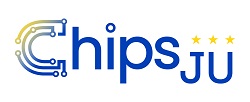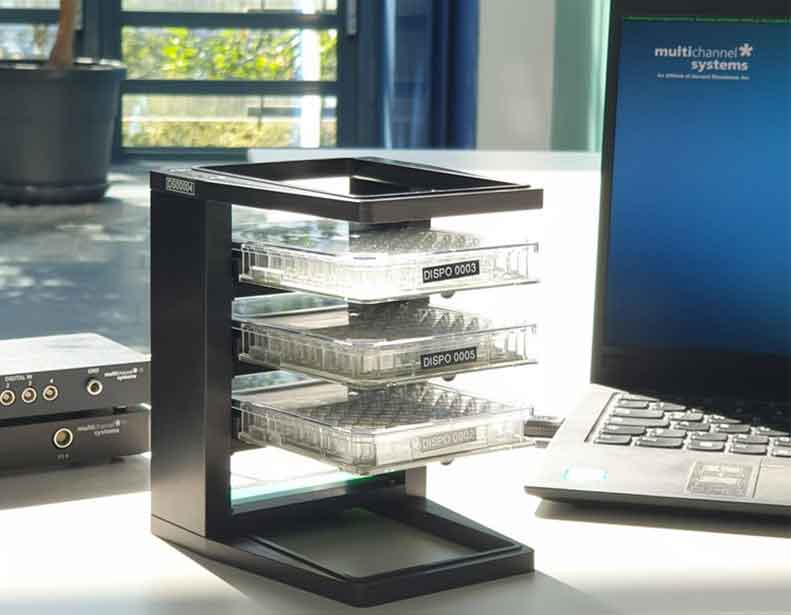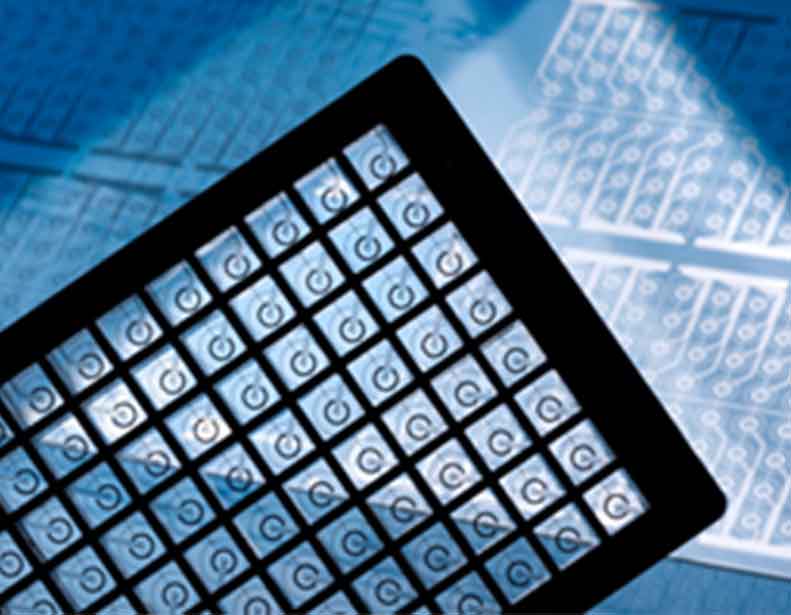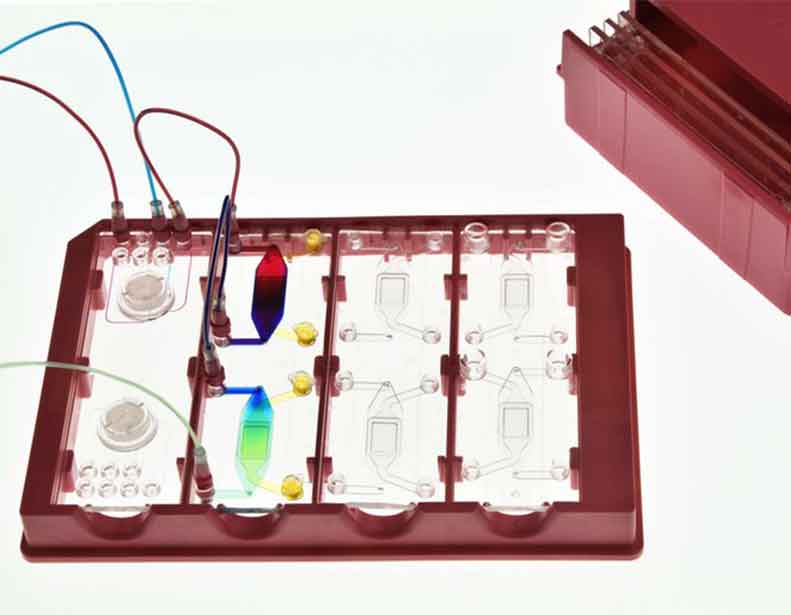Animal testing in pharmaceutical research has been criticized for decades - for both ethical and scientific reasons. The EU project UNLOOC (Unlocking the Data Content of Organ-on-Chips) is taking a decisive step towards pharmeceutical research without animal testing. By combining state-of-the-art technologies - from microfluidics to artificial intelligence - a sustainable and ethical future for medicine is being created. The Fraunhofer EMFT research team is supporting the development of the organ-on-chip multiwell plates, which offer precise control of cell culture conditions and enable animal-free pharmaceutical testing.
UNLOOC: Pharmaceutical research free of animal testing
Innovative pump technology for Organ-On-a-Chip applications

UNLOOC project
The three-year EU project UNLOOC brings together 51 science, research and technology organizations from 10 European countries and is funded by the Chips Joint Undertaking and national agencies. The aim of this project is to develop innovative Organ-On-a-Chip (OOC) technologies that enable more effective treatments without animal testing and support both controlled pharmaceutical testing and the modeling of disease pathophysiologies.
What is OOC?
OOC is a rapidly advancing technology that replicates the physiological properties of human organs on microstructured platforms. OOC systems consist of microfluidic channels containing living cells that mimic the structures and functions of specific organs. By replicating the microenvironment of organs, OOCs serve as an effective tool for drug development, disease modeling, and personalized medicine.
Innovative Pump Technology for the Single-Organ Multi Well Plate
In the UNLOOC EU project, the research team from Fraunhofer EMFT is involved in the development of various organ-on-chip solutions, particularly OOC multi-well plates. These combine multiple OOC systems on a standard microtiter plate, allowing for parallel experiments and compatibility with all common processes in pharmaceutical research. This step enables, for the first time, the use of OOC systems in (partially) automated research and development processes.
The newly developed pump from Fraunhofer EMFT will drive the cell culture medium through the organ-on-a-chip components on the organ-on-chip multi-well plate. This enables on-plate perfusion in microtiter plate format for the first time without external pumps or tubing connections.
For the initial implementation, a piezoelectric pump is used. In the course of further developing the pump technology, it is crucial to precisely test its performance under various environmental conditions. Factors such as temperature and the continuous delivery of cell culture medium over several days or weeks without loss of performance are critical. These analyses ensure that our pump technology meets the requirements of cell culture and drug development. Furthermore, the project will investigate whether the requirements of the organ-on-chip systems for the pump can also be met with an innovative electrostatic pump. This new pump drive has the significant advantage of being made entirely from silicon, compared to the piezoelectric micropump. The piezoelectric actuator, which currently consists of lead-containing material due to lack of alternatives, will be eliminated. This is a crucial improvement, as the pump is in direct contact with the culture medium during the experiment and cannot be reused. With this development, we are making a valuable contribution to animal-free research. The applications developed and validated in the project will be used by researchers in academia and the pharmaceutical industry to improve pharmaceutical development and gain new insights into diseases. Given the growing OOC (Organ-on-a-Chip) market, these solutions hold significant economic value and position Europe at the forefront of this emerging research field.
UNLOOC opens up versatile application possibilities:
- Development of nearly market-ready organ-on-chip solutions.
- Artificial epithelium for studying skin penetration, drug delivery, and toxicity.
- Provision of a scalable platform for researching the blood-brain barrier.
- Development of a lung-on-a-chip platform for the safety assessment of new medicines.
This project is supported by the Chips Joint Undertaking (Grant Agreement No. 101140192) and its members including the top-up funding of Belgium, Germany, Hungary, Ireland, Italy, the Netherlands, Portugal, Romania and Spain. This work has received funding from the Swiss State Secretariat for Education, Research and Innovation (SERI).


Learn more about the UNLOOC project at www.unlooc.eu and stay informed about the latest developments on LinkedIn!


